In Part I of this series, I covered Essential Accessories for Your Cycling Enjoyment. In this edition, I will cover accessories that many may consider optional, but that can add to your cycling comfort and enjoyment.
Gloves

Cycling gloves are a smart accessory to consider. They come in many colors and many styles, from short-fingered to full coverage. Many gloves have additional padding that helps absorb the vibration transmitted from the riding surface into the handlebars and into your hands. Gloves can lessen the fatigue on your hands and make your ride more enjoyable. They also help protect your hands in an unfortunate situation if you should ever crash.
As a word of caution, thicker padding is not always better… too much padding can actually cause pressure points within your palm and lead to more discomfort with gloves than without.
Bike Shorts
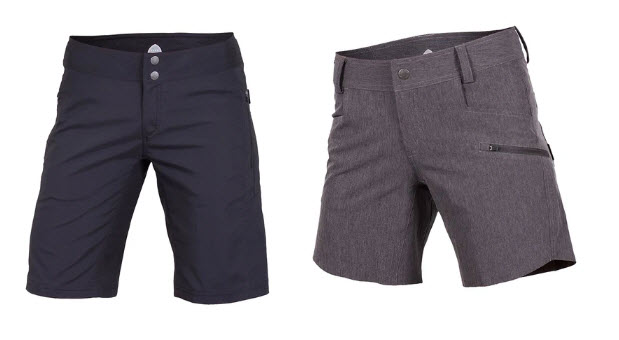
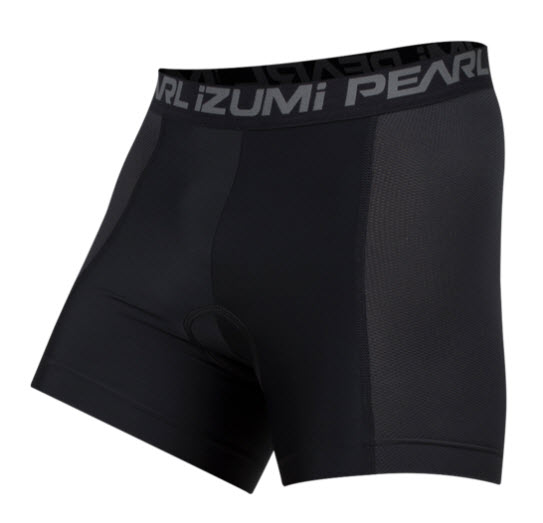
I know, nobody likes to be seen in spandex, especially in public. But bike shorts actually serve a very useful purpose. Even the most comfortable bike saddle can start to bother the tush, and bike shorts are designed to help prevent chaffing and make riding more enjoyable. They are meant to be snug in order to prevent creeping or bunching of material and also have a built-in pad, which adds to the comfort of sitting on a saddle for an extended period of time.
You can actually get regular looking shorts combined with internal spandex bike shorts. This way, you look fashionable but have the comfort of spandex bike shorts underneath and potential pockets for your other goodies.
Bike Jersey
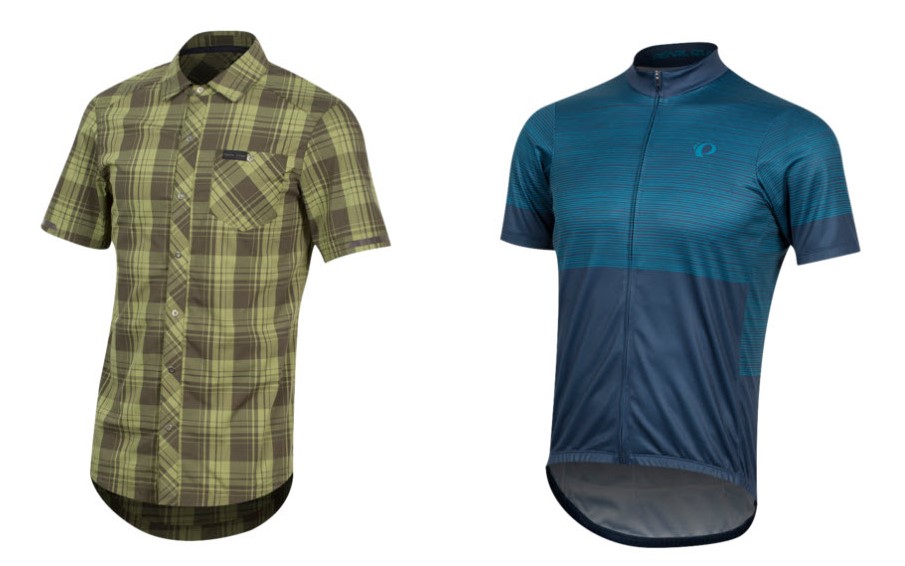
Bike jerseys also come in many fashions and styles. They typically are designed with extra pockets to carry your essentials like tools, phone, money, etc. Bike jerseys are usually made from a material that is designed to be breathable and quick-drying, with special wicking properties to help you stay cool on those hot days. If you prefer not to wear the spandex jerseys that many of us associate with cycling, there are also many fashionable button-down options on the market.
Shoes

Cycling-specific shoes can also add to your comfort on the bike. Whether you’re using flat style pedals or ‘clip-in’ pedals, bike shoes have been designed for both types. Bike shoes typically have a stiff sole to help transfer as much pedal energy as possible into the pedals themselves; this is why typical cycling shoes aren’t very flexible. If your feet were to constantly flex while pedaling, this could lead to power loss or inefficiency, and overtime will fatigue the bottom of your foot.
Shoes vary in style from a very stiff version, not really meant to walk around in, to a more ‘normal’ shoe style which works well for walking. Mountain bike cycling shoes typically have an embedded cleat attachment for clip-in pedals, but also offer the convenience of being able to walk in them fairly easily. Some are even offered in a sandal style. Before deciding on a cycling shoe, take into consideration the type of riding you expect to do and the pedal style you have. A bike shop can assist you with the best choice.
Jacket
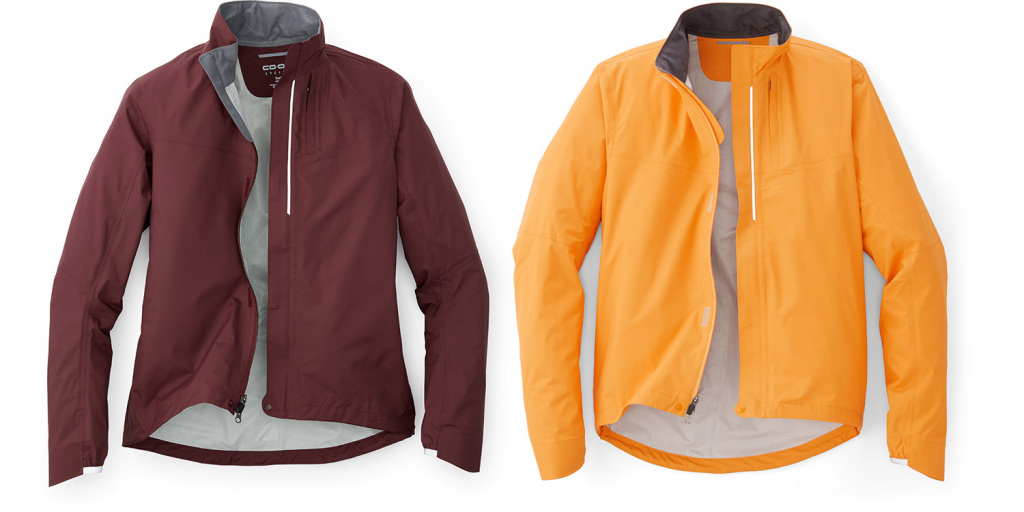
A lightweight, compressible jacket is always a good item to have with you, especially if the weather is questionable. I carry a very light-weight jacket that will squish into the tiniest of spaces. It provides a little wind and rain protection and warmth if the weather gets slightly nasty. It is not a full rainproof jacket, but provides that little bit of extra protection so that I can either make it back home or at least to a more sheltered area if necessary. On the other hand, I have more heavy rainproof jackets, but I try my best to avoid riding in the rain. These jackets do work great though in colder weather to keep the cold out and warmth in. There are many cycling-specific jacket options available, but sometimes an everyday jacket will suffice. The benefits of a cycling-specific jacket are that typically the back tail is longer to protect your backside from rear-wheel splash, and they offer additional pockets and better breathability for various weather conditions.
Glasses

For me, glasses are a must-have on the bike, if not for sun protection then just to eliminate the occasional bug or road dust from going into your eye, temporarily blinding you. I actually have a few pairs of glasses for cycling, but my favorite is an Oakley frame that offers the convenience of interchangeable lenses. This allows me to change from a darker lens for bright sun conditions, to a persimmon lens color for overcast or foggy days, to a clear lens for night riding. One recommendation is to avoid a polarized lens for cycling. Though polarized lenses are great for driving to help eliminate glare, they are actually not recommended for cycling. The polarization can cause the road surface to look wet or cause issues when moving from shadows to lighted areas, making the surface confusing.
Bike Computer

If you’re interested in tracking mileage, speed, and elevation then a bike computer may be of interest to you. There are very simplistic options that track the basics and more advanced versions that have GPS functionality with Bluetooth capabilities to sync with your mobile device. These advanced bike computers can record your routes as you ride, or allow you to enter routes in advance and lead you on your outing, just as a vehicle GPS would. They also have the ability to sync your cycling data to the cloud and interact with various web-based cycling applications to track your rides and interact with your other cycling friends. Many of these web-based applications also allow you to view and download routes others have found.
Phone Holder
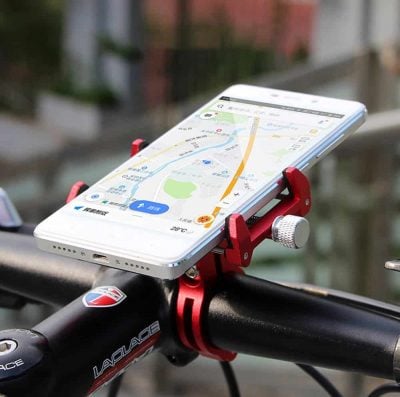
If you want immediate access to your phone, whether for bike computer functions as mentioned above or just to have visibility to other applications, a phone holder may be an option you want to add. Again, many cycling apps are offered for mobile devices that can track your progress or suggest routes just like a dedicated bike computer can do. A bike holder also offers the convenience of not dropping your phone out of your pocket. One word of caution: if the phone is mounted to the bike, it may be more susceptible to the elements.
Bells

A bell is a good addition if most of your riding will be taking place on common trail systems. It allows you to notify pedestrians that you are approaching as you come up behind them, or just ring the bell as a greeting to other cyclists or pedestrians. There are many different styles of bells, from the old school type to newer minimalistic styles. Many have quite distinctive ring tones that resonate extremely well. If you’re a mountain biker, bells make a good addition to notify hikers or other cyclists that you’re about to pass.
Chamois Butter
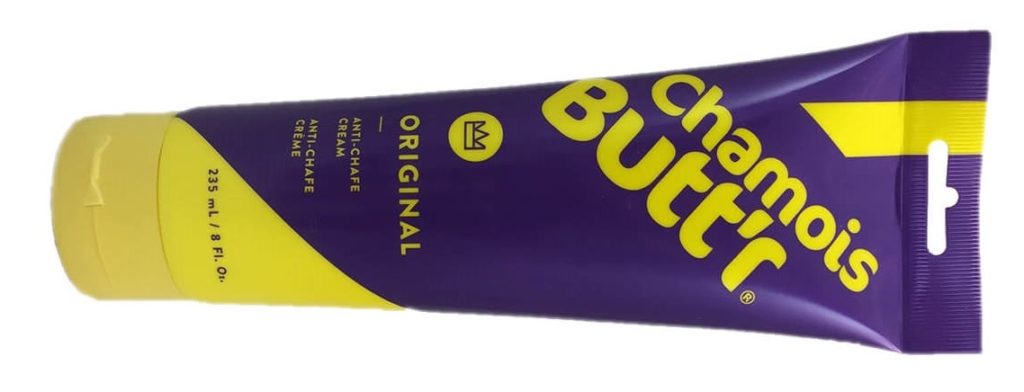
This is a must for me! If you’re not familiar with chamois butter, is it basically a lube/ointment for your tush. It’s applied on your skin before the ride to prevent chaffing and/or saddle sores on your sit bone area. If your rides are short, this may not be necessary, but for longer rides it’s a good recommendation – better to stop the chafing or sores before they ever start. There are various brands available, but there is literally a brand called Chamois Butt’r. You can usually find different brands at the bike shop, but some individuals will just use some off-the-shelf ointments such as A&D ointment also.
Summary
Obviously there are many other accessories that you may find beneficial to your individual needs, in addition to these. One suggestion for us RVers that I’d recommend is to try to find items that can do double duty. Since we’re always trying to minimize the amount of stuff we carry in our RV, I look for things that I can use for multiple purposes.
Be safe out there… keep the rubber side down and we hope to see you on the trails!



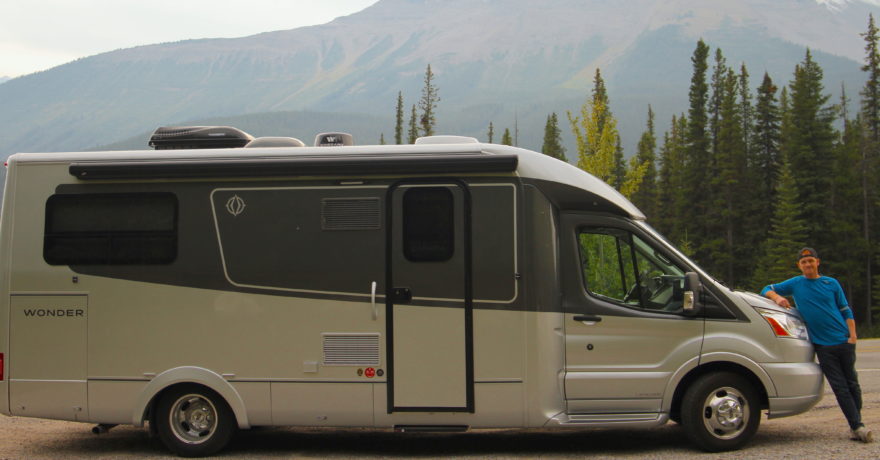
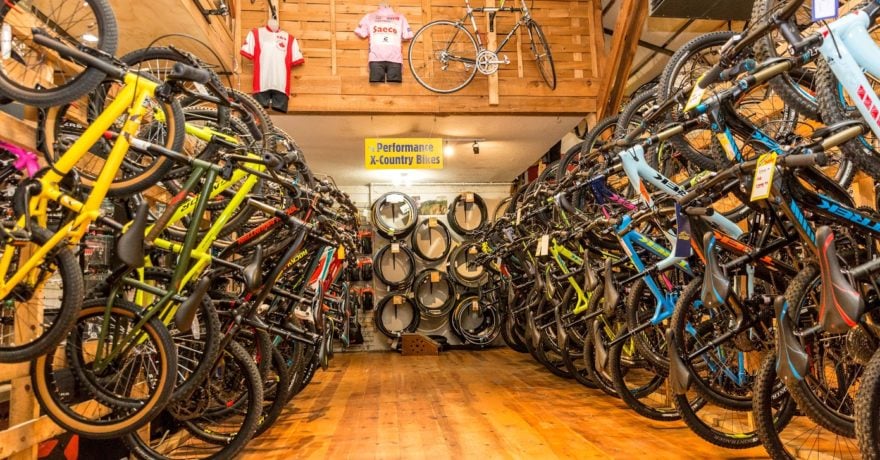
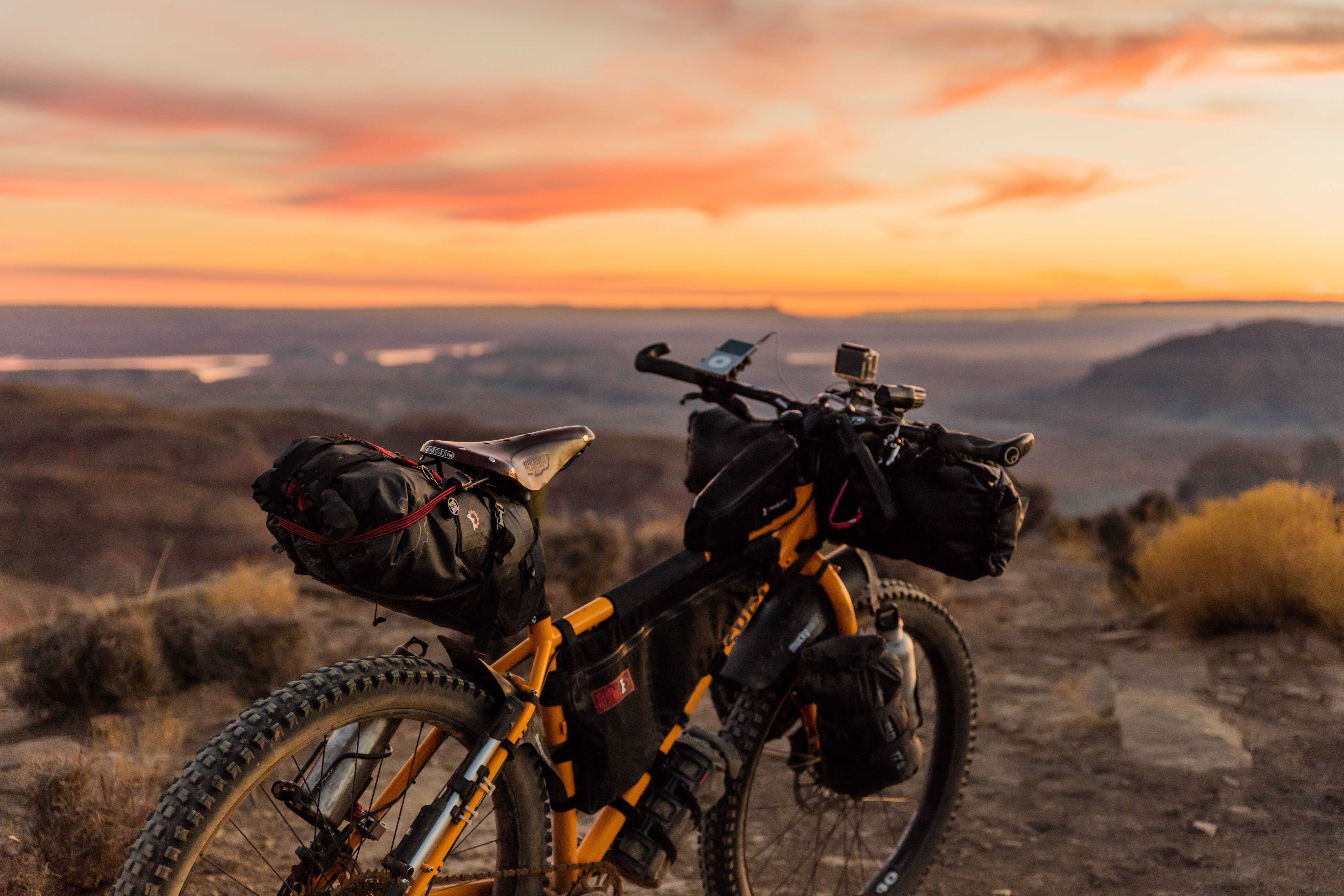
Comments